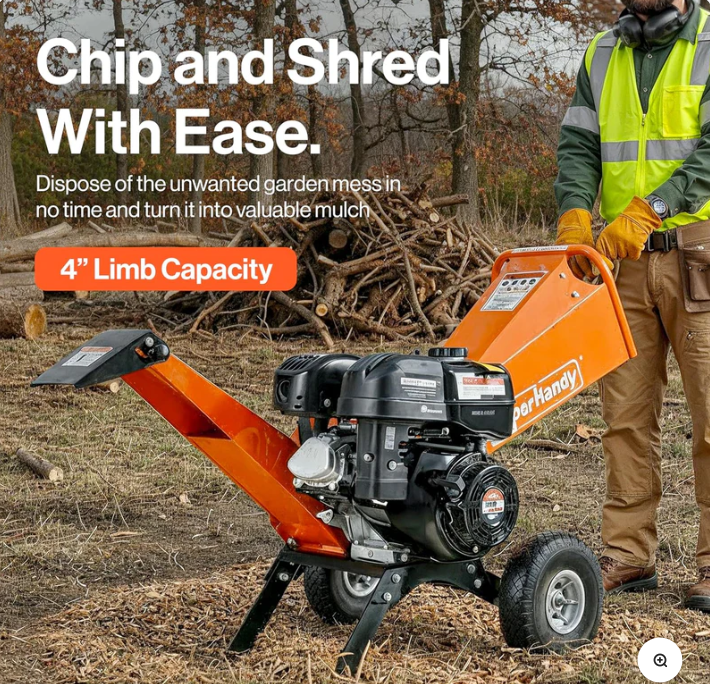
When you look at a gas wood chipper, you want three key features: power and capacity, safety, and ease of use or maintenance. These make your wood chipper work better, keep you safe, and save time. > Focus on these when buying a wood chipper for the best results.
Gas Wood Chipper Power
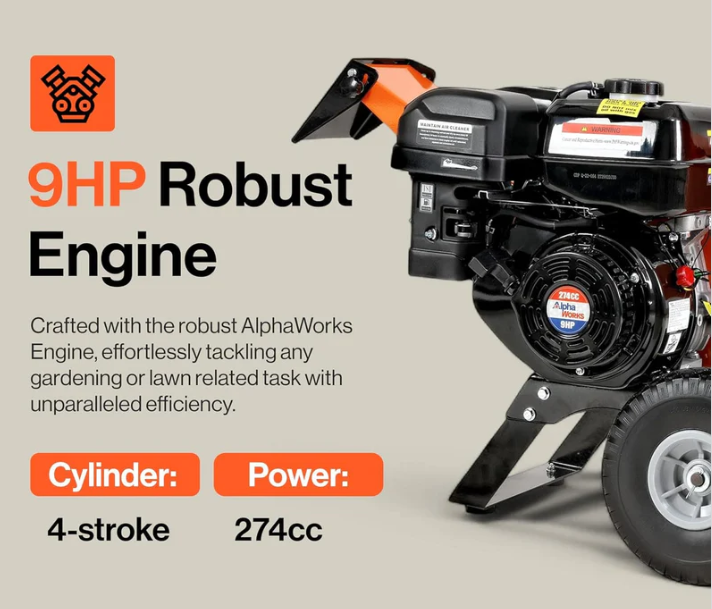
When you pick out a gas wood chipper, you want to make sure it has enough power to handle your yard work. The right power means you can feed in bigger branches, get the job done faster, and not worry about jams. Let’s break down the key features that matter most for power.
Engine Power
The engine is the heart of any gasoline powered chipper. If you choose a chipper with a small engine, you might struggle with thick branches or tough yard debris. Here’s what you need to know:
A 4hp gasoline powered chipper can handle branches up to 2.5 inches thick.
If you want to chip larger branches or work faster, look for models with 6hp to 10hp engines.
More horsepower means you can feed in bigger branches and process more material in less time.
You’ll notice the difference right away when you use a wood chipper with a strong engine. It won’t bog down, even if you feed in a lot of material at once.
Chipping Capacity
Chipping capacity tells you the maximum size of branch your wood chipper can handle. This is one of the most important things to check before you buy. If you have a lot of thick branches, you need a chipper with a high chipping capacity.
The TFG55 GAS Wood Chipper can handle branches up to 3 inches in diameter.
Most good gas wood chipper models can chip at least 2.5 to 3 inches.
If you try to feed in branches that are too big, you risk damaging the cutting mechanism.
Chipping capacity also affects how much work you can do in an hour. Take a look at this table to see how chipping capacity connects to efficiency:
Metric |
Value |
|---|---|
Chips-per-hour output |
Minimum 2-3 cubic yards/hour |
Fuel efficiency |
≥1.5 hours runtime per gallon |
If you want to clear your yard quickly, pick a wood chipper with a high chipping capacity and good fuel efficiency. You’ll spend less time feeding branches and more time enjoying your clean yard.
Disc Rotor Design
The cutting mechanism inside your gas wood chipper makes a big difference in how well it works. Many top models use a disc rotor design. This design separates the chipping and throwing functions. The rotor spins fast to throw chips out, while still keeping enough force to cut through tough branches.
This setup helps your gasoline powered chipper use all its horsepower and torque. You get smaller, more even chips, and the machine doesn’t lose power when you feed in thick material. Some advanced systems, like the VORTEX chipping system, take this even further by letting each part of the cutting mechanism use the engine’s power in the best way.
A good disc rotor design also improves the reduction ratio. This means the chipper can turn big branches into small chips more efficiently. You get a neat pile of chips that are easy to use for mulch or compost.
Tip: Always check the cutting mechanism and disc rotor design before you buy. A better design means smoother feeding, less clogging, and more consistent chip size.
If you focus on engine power, chipping capacity, and the right cutting mechanism, you’ll find a gas wood chipper that makes yard work easy. These key features help you get the most out of your machine every time you feed in a branch.
Wood Chipper Safety
Staying safe should always come first when you use a wood chipper. These machines have sharp blades and powerful engines. You want to make sure you have the right safety features before you start to feed in any branches. Let’s look at the key features that keep you safe and help you pick the best wood chipper for your yard.
Safety Guards
Safety guards protect you from flying debris and keep your hands away from the cutting mechanism. When you feed branches into the wood chipper, chips and small pieces can shoot out fast. A good safety guard blocks these pieces and keeps you safe.
Look for a wood chipper with a strong shield around the feed chute.
Make sure the guard covers the area near the cutting mechanism.
Some models have extra shields or flaps that stop chips from bouncing back at you.
You should always check that the safety guards are in place before you use your machine. If a guard looks loose or damaged, fix it right away. Never try to feed material into a wood chipper without all guards attached.
Tip: Gas wood chippers often come with more safety shields and glasses than electric models. This gives you extra protection when you feed in thick or tough branches.
Here’s a quick table to show how safety features compare between gas and electric wood chippers:
Feature |
Gas Wood Chippers |
Electric Wood Chippers |
|---|---|---|
Kill Switch |
Yes |
No |
Safety Glasses |
Yes |
No |
Safety Shield |
Yes |
No |
Lockout Feature |
Some models have |
No |
Automatic Shut-off |
No |
Yes |
Starter Protection |
No |
Yes |
Maintenance Requirement |
Higher due to engine-related issues |
Lower due to fewer engine-related issues |
Emergency Shut-Off
An emergency shut-off is one of the most important safety features on any wood chipper. If something goes wrong, you want to stop the machine right away. This feature lets you shut down the engine fast if a branch gets stuck or if you need to clear the feed chute.
Always test the emergency shut-off before you start working.
Make sure you know where the shut-off button or bar is located.
Choose a wood chipper with a shut-off that you can reach quickly while you feed in branches.
Some of the most reliable systems make it easy to stop the machine in a hurry. For example, the BILT HARD wood chipper has two ways to shut off the engine: a button on top and a press bar at the bottom. The TFG55 GAS wood chipper puts the emergency stop right at the top of the infeed chute, so you can set or reset it fast.
You can lower your risk of injury by checking all safety devices before you use your wood chipper. Training yourself to use the emergency shut-off and standing close enough to reach it helps you stay safe. If you ever feel unsure, stop the machine and check everything again.
Test all safety features, including the emergency shut-off, before each use.
Learn how to use the shut-off device before you feed any material.
Stand so you can reach the emergency shut-off quickly if you need to.
Note: Emergency shut-off systems work best when you can reach them fast. Always position yourself so you can hit the button or bar without moving far from the feed chute.
When you shop for a wood chipper, check for these key features. Look for strong safety guards, easy-to-reach emergency shut-offs, and shields around the cutting mechanism. These safety features help you use your machine with confidence and keep you protected every time you feed in a branch.
Ease of Use & Maintenance
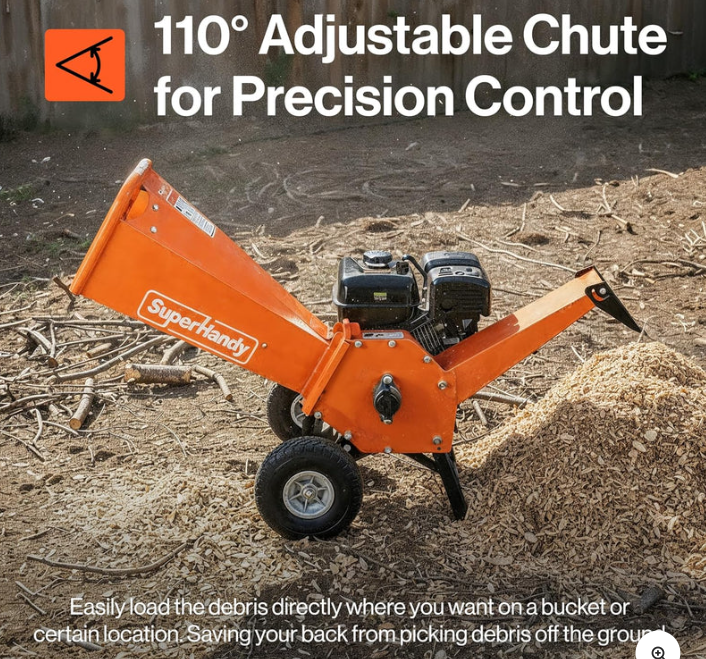
When you use a gas wood chipper, you want it to be easy to run. You also want it simple to keep working well. The best models let you change chip size. You can move the machine where you need it. They make maintenance quick and simple. Let’s see what makes a wood chipper easy to use and care for.


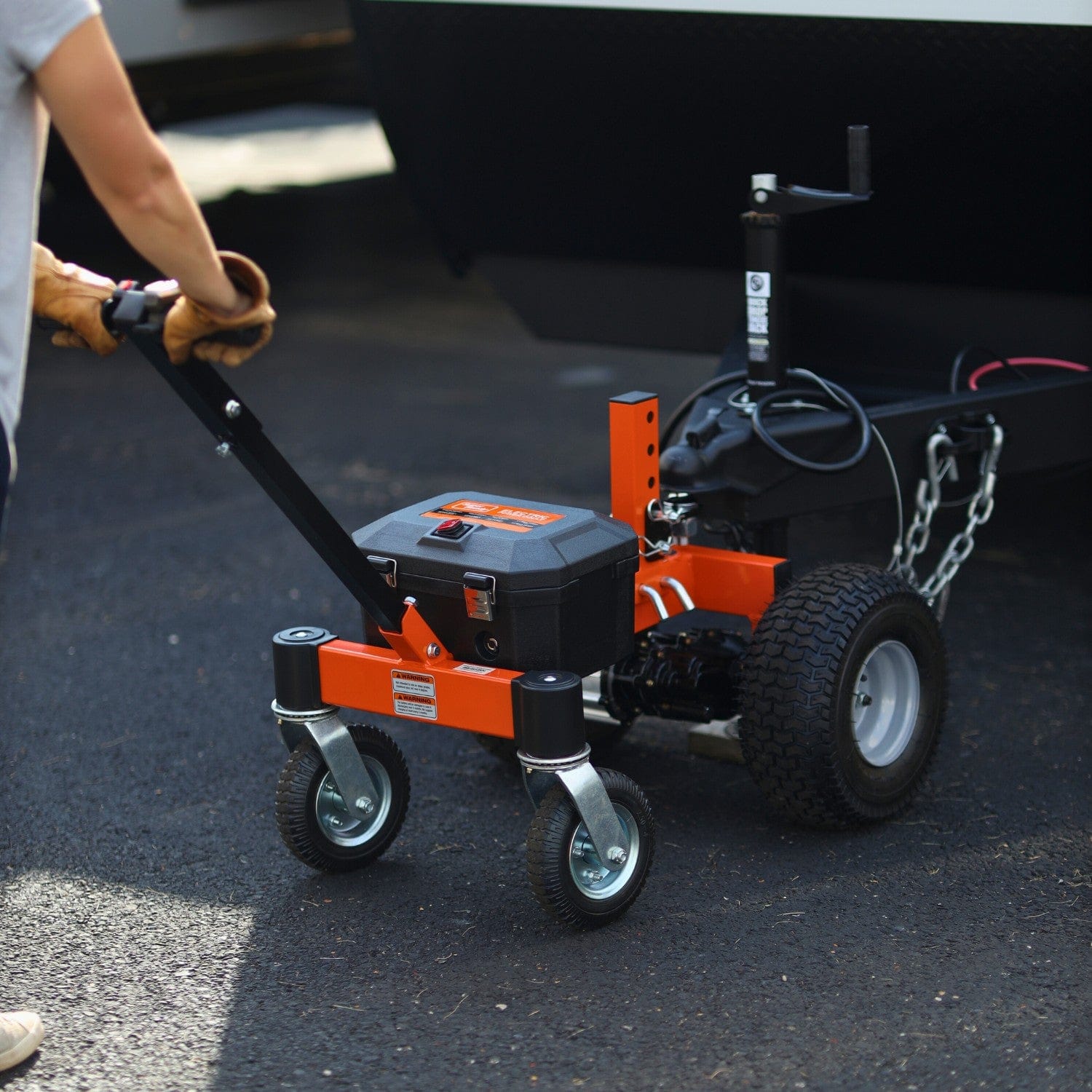
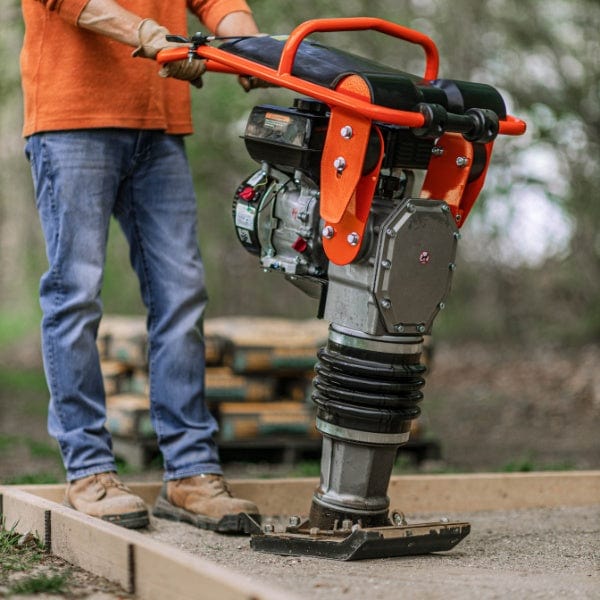
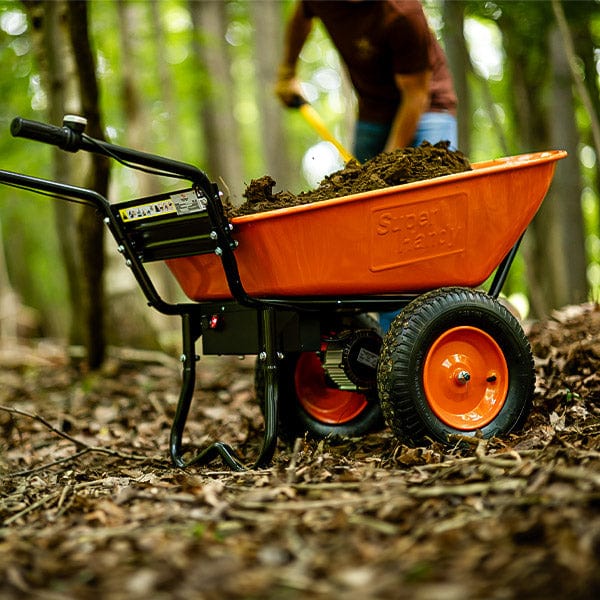


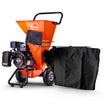
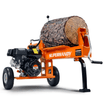

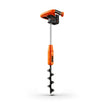
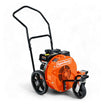
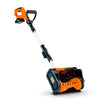
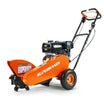
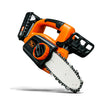
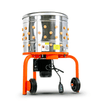
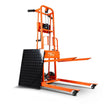
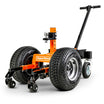
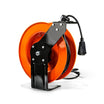
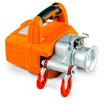
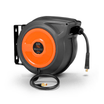

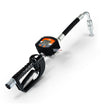
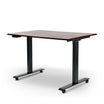
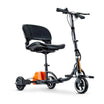
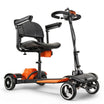
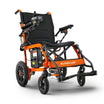


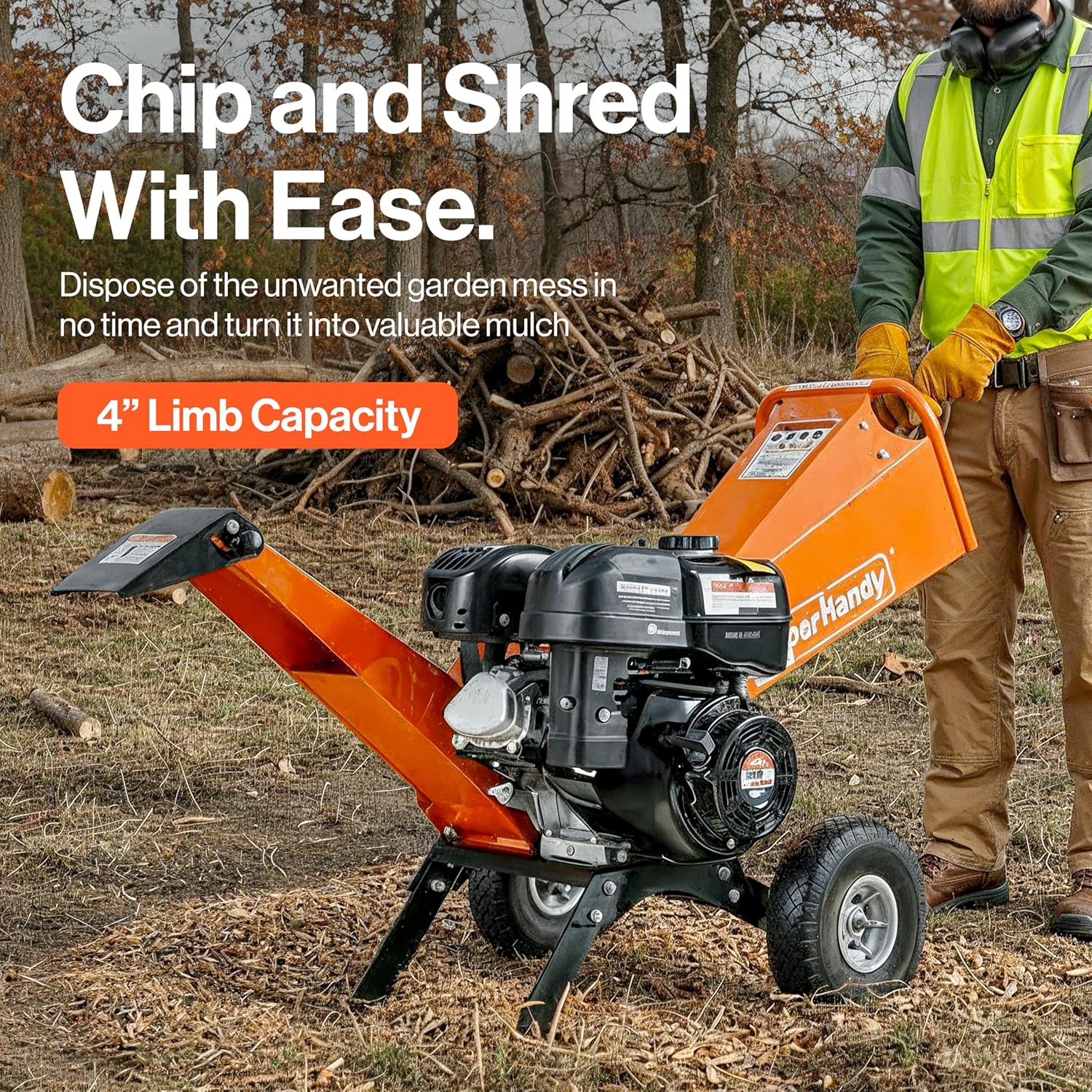
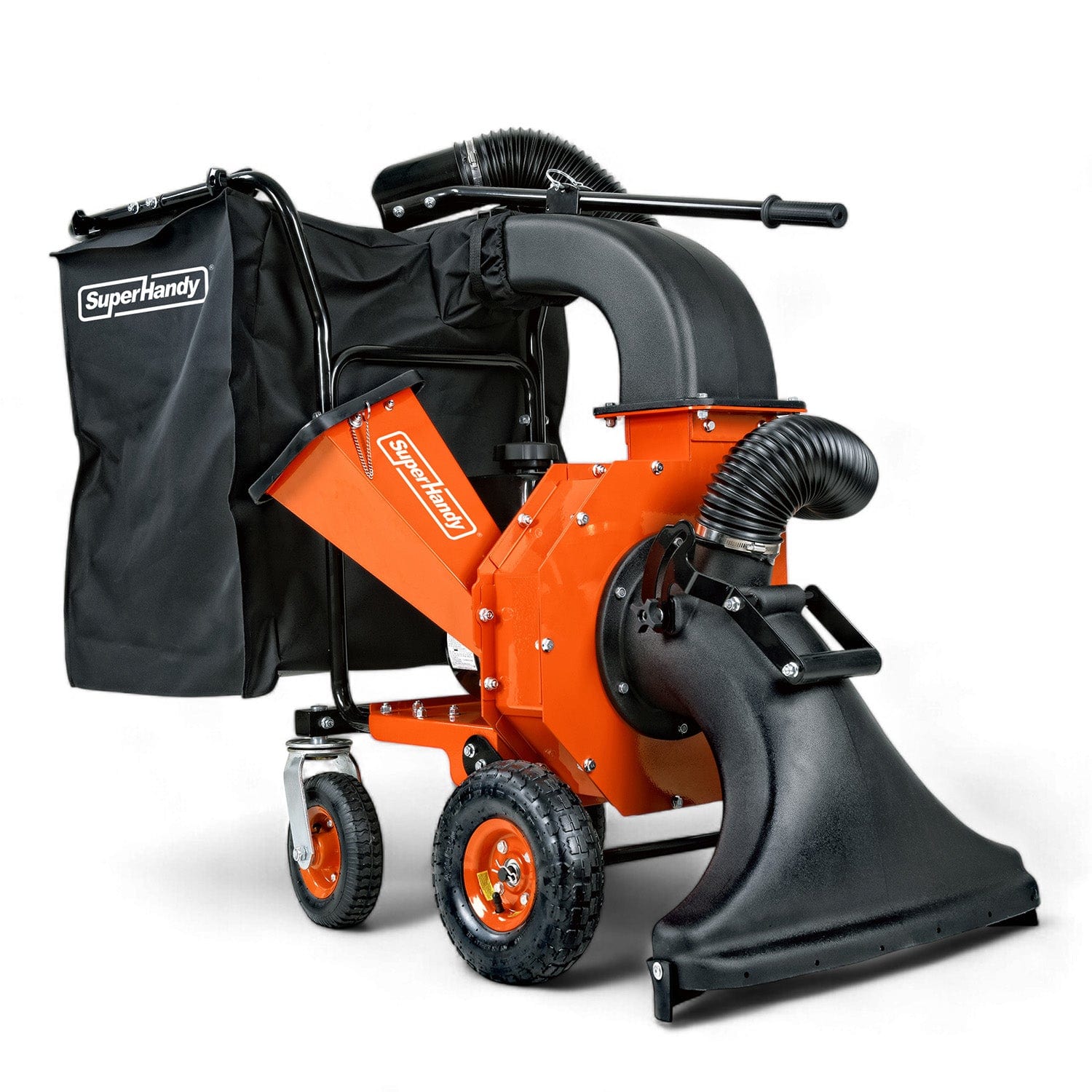
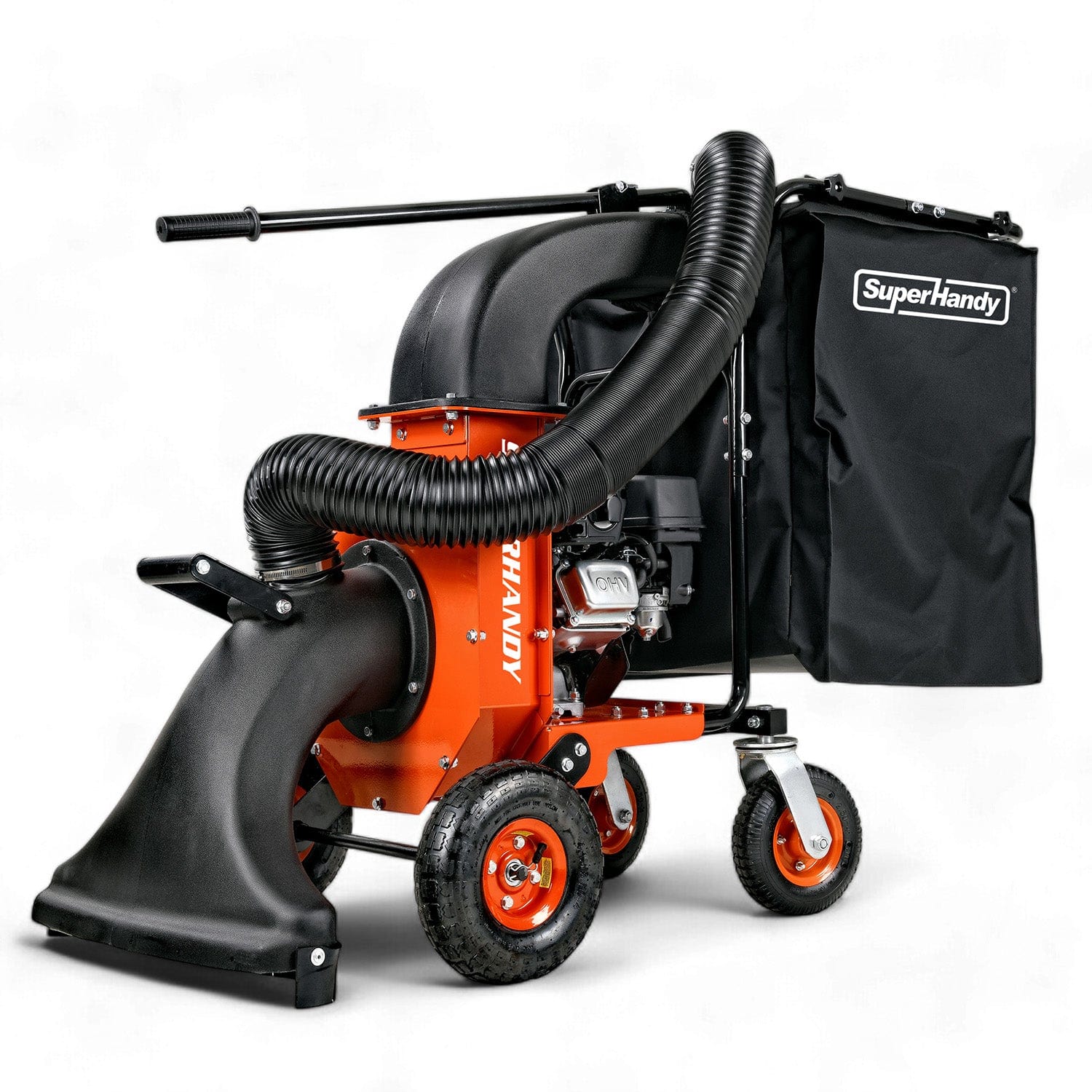
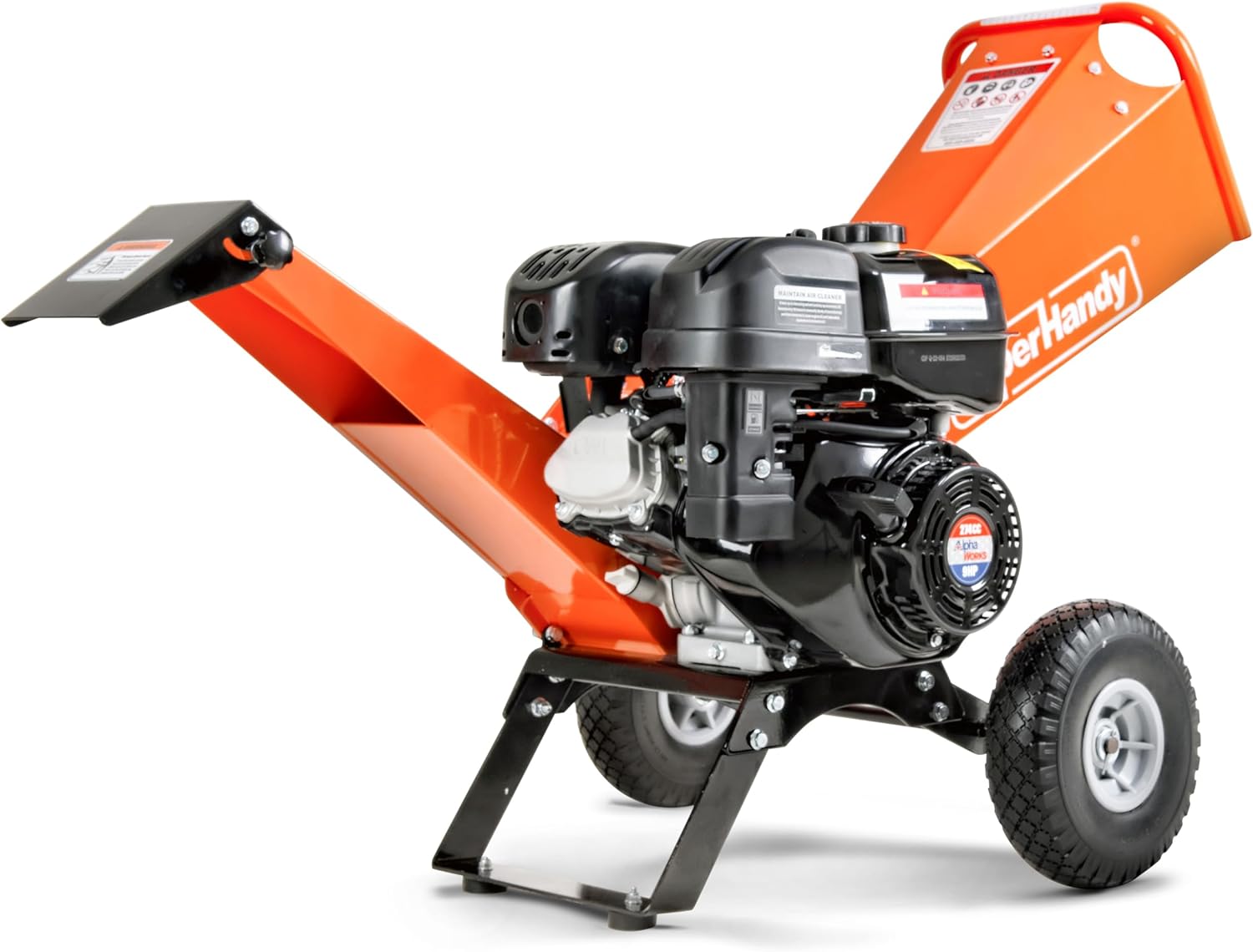
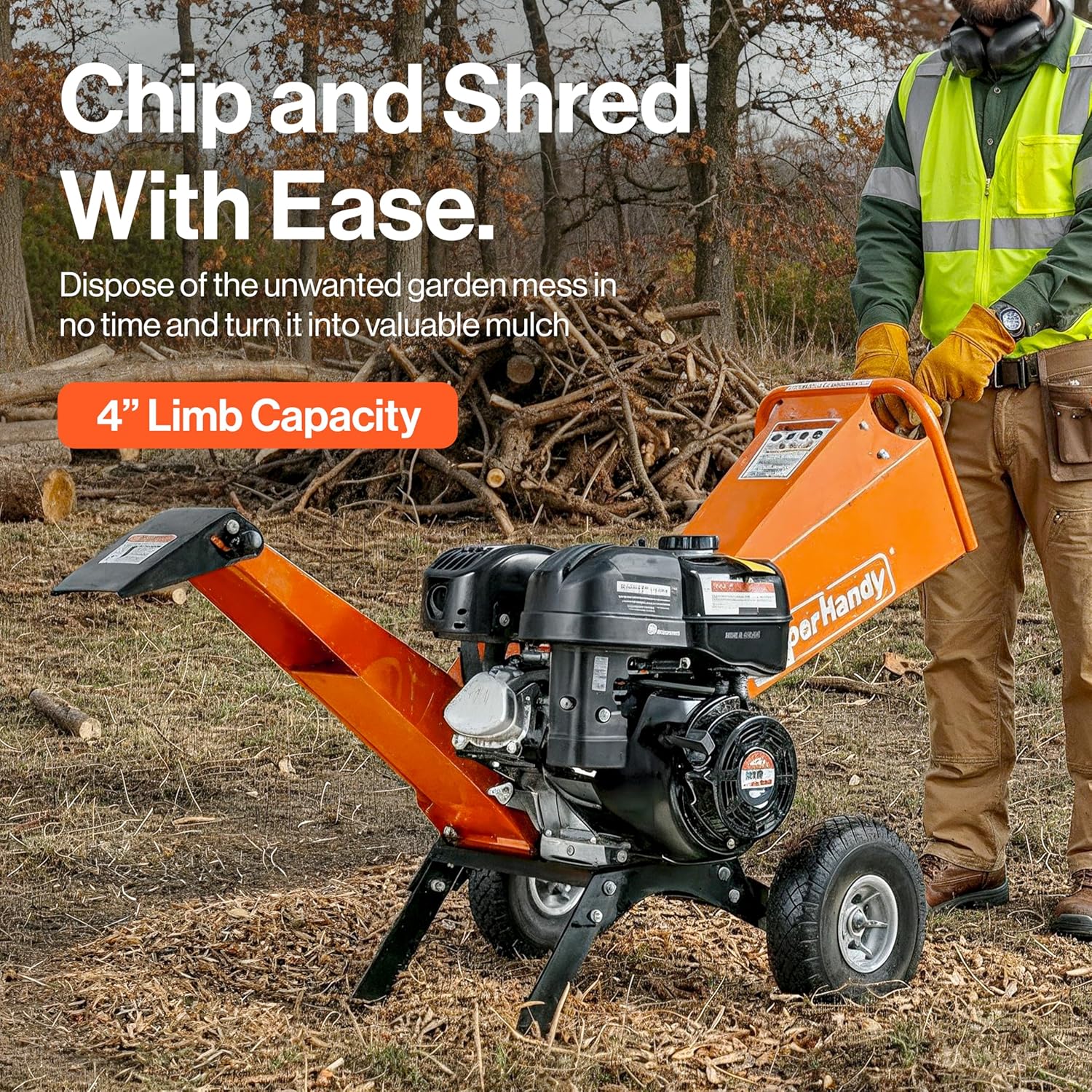
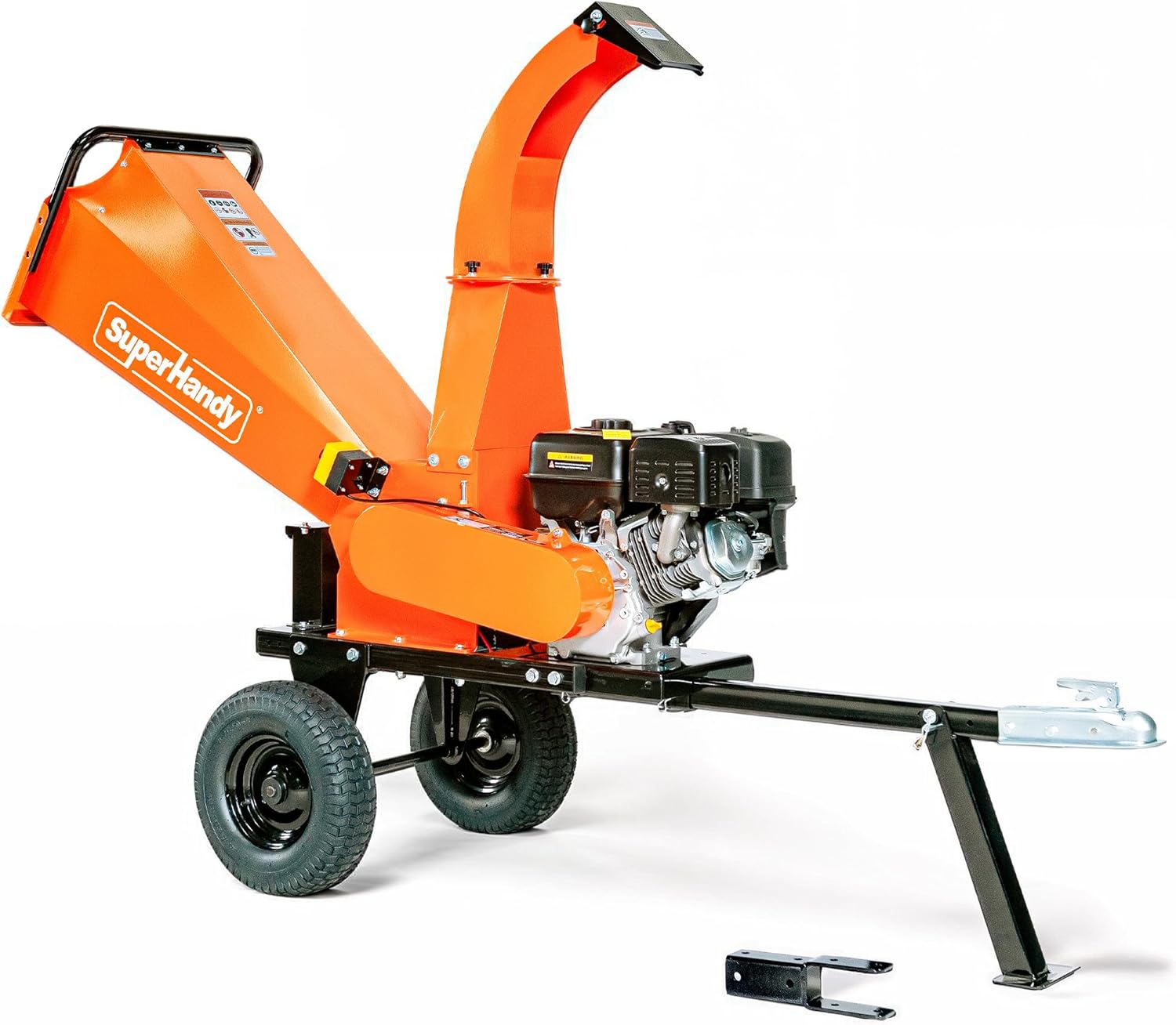
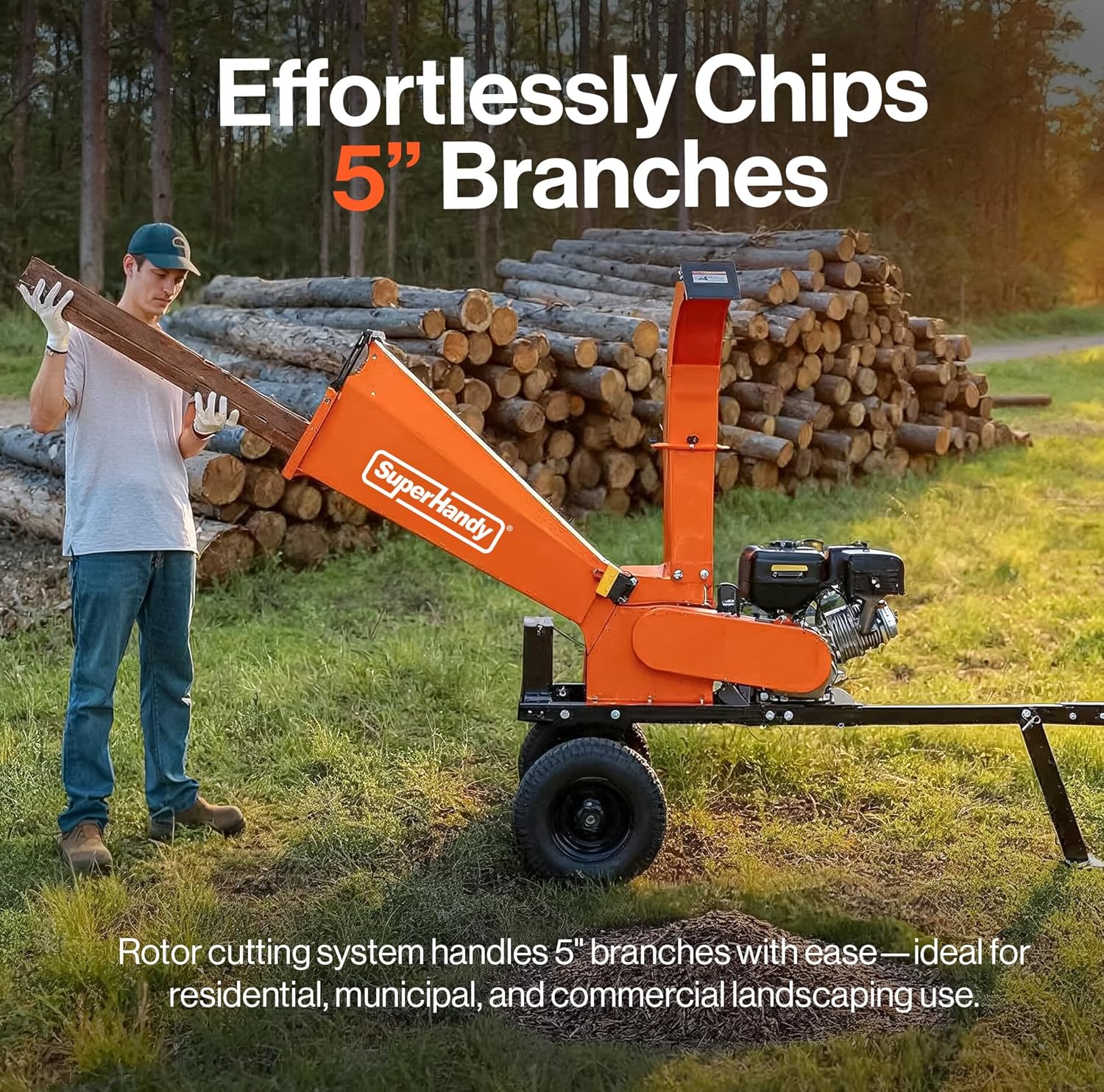
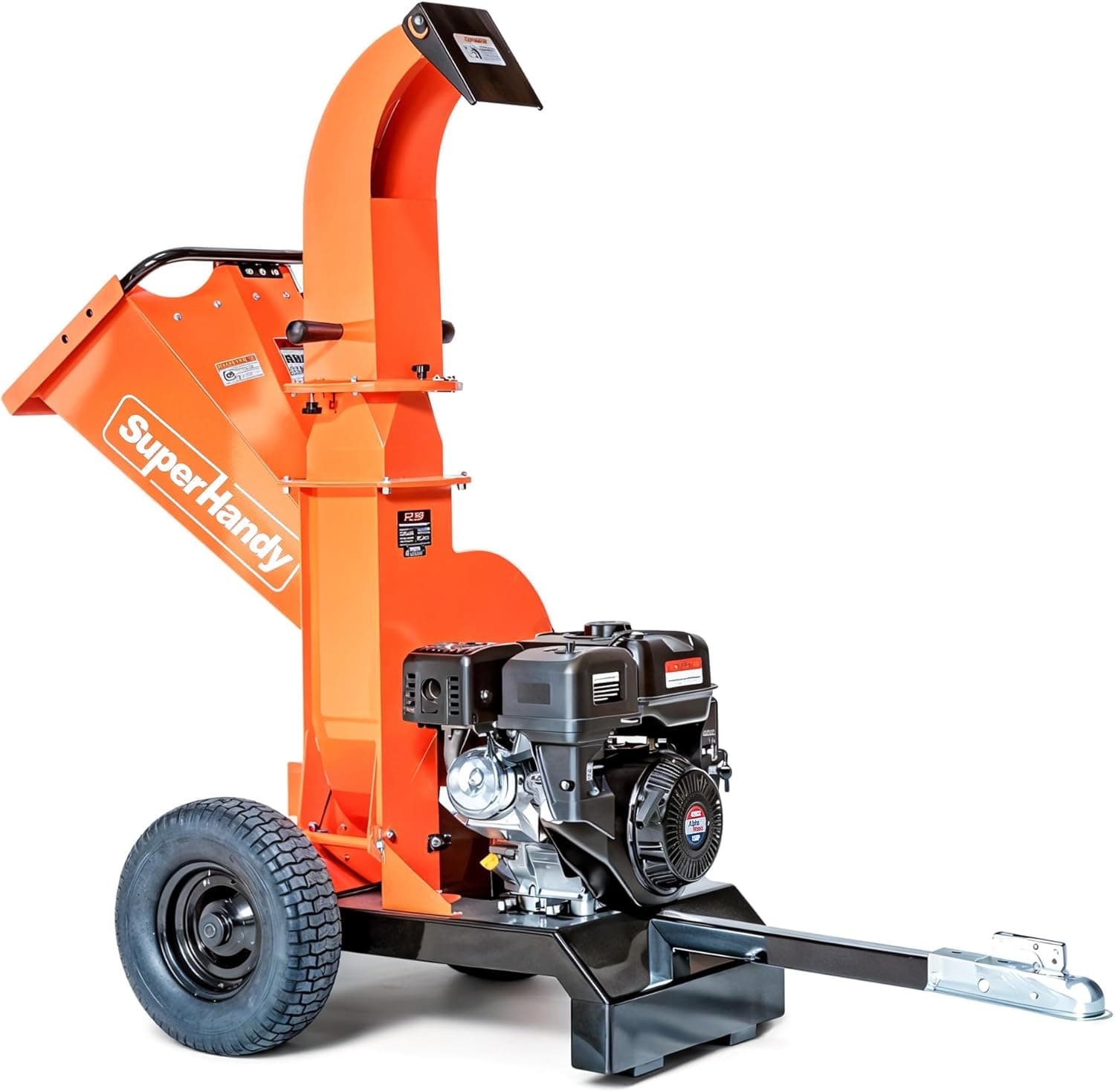
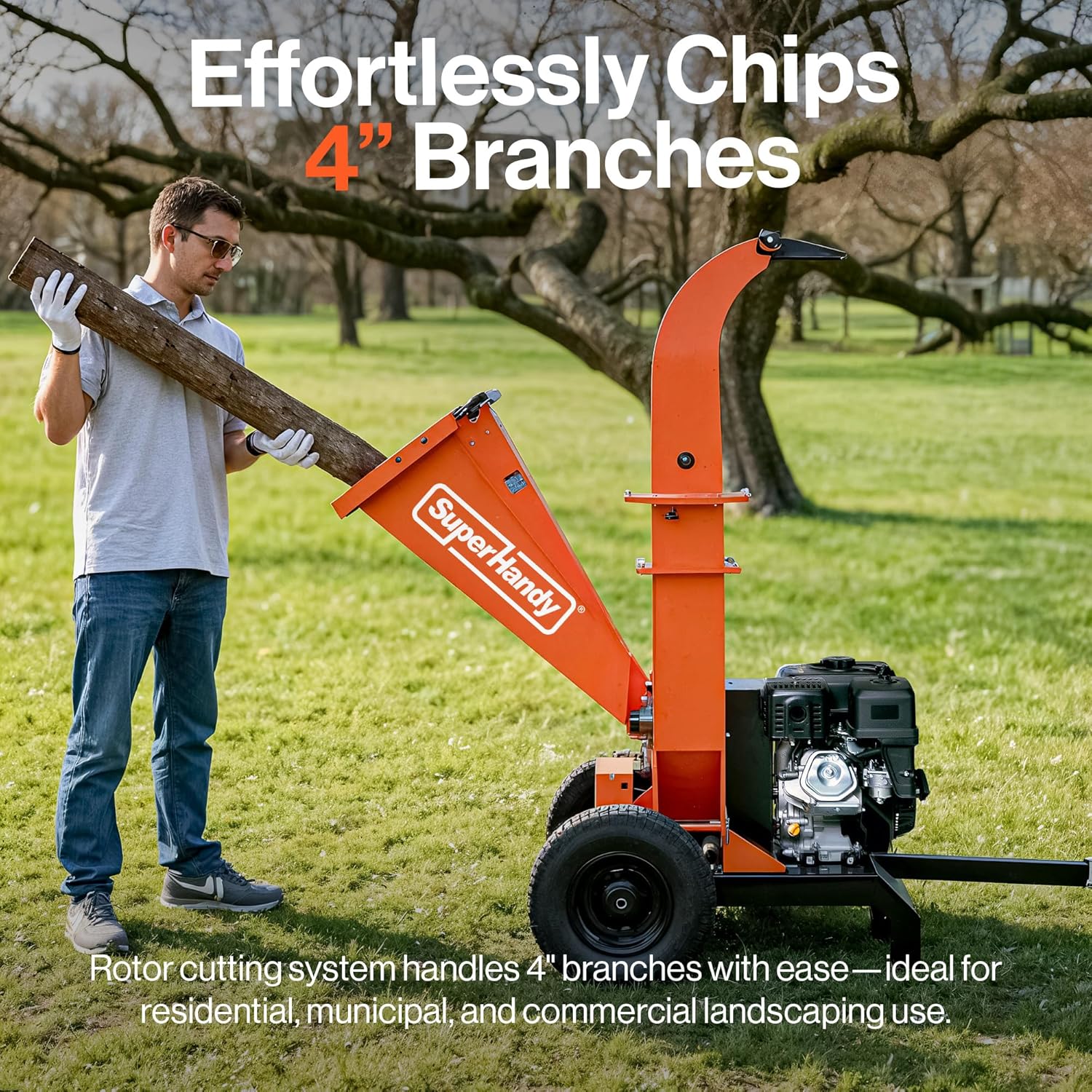
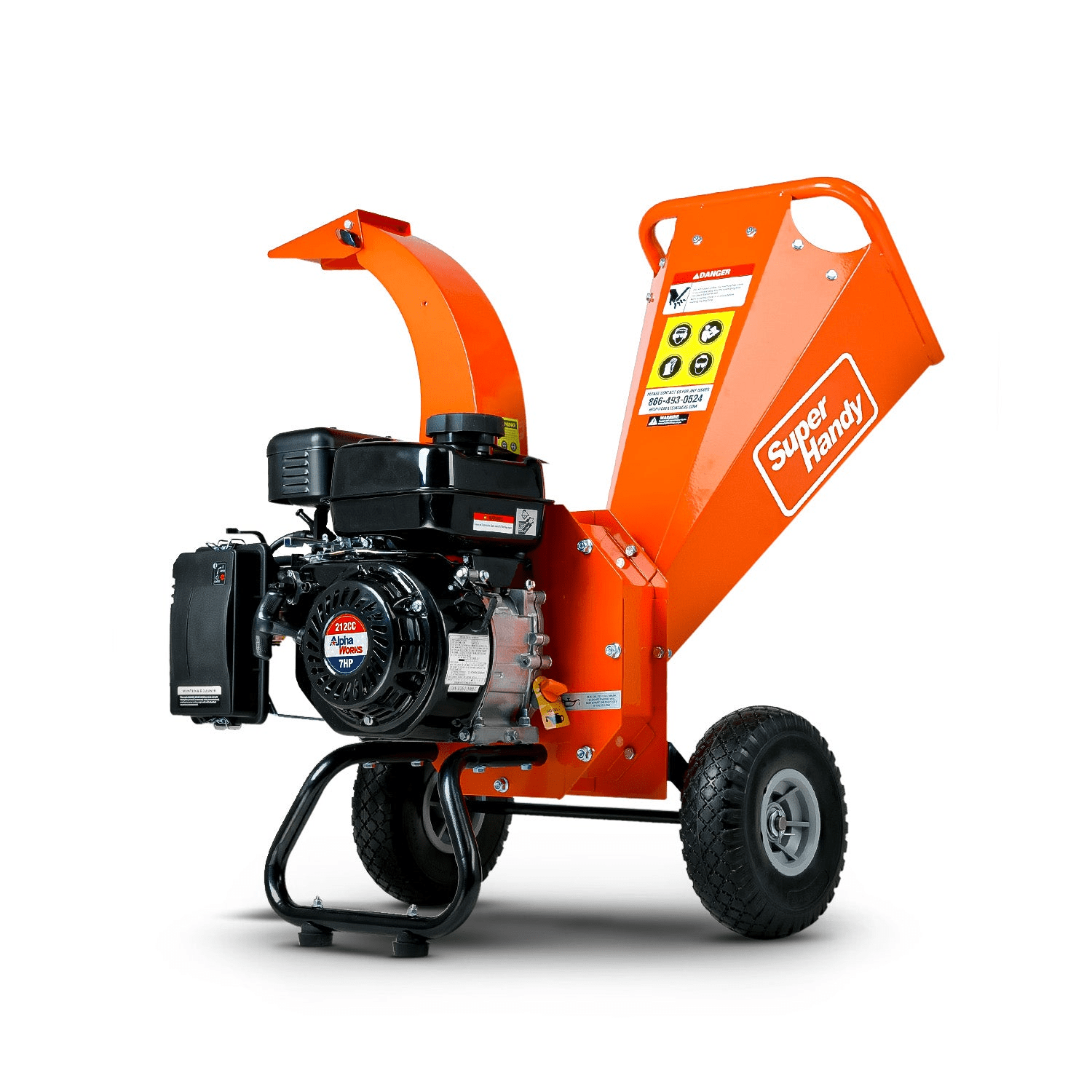
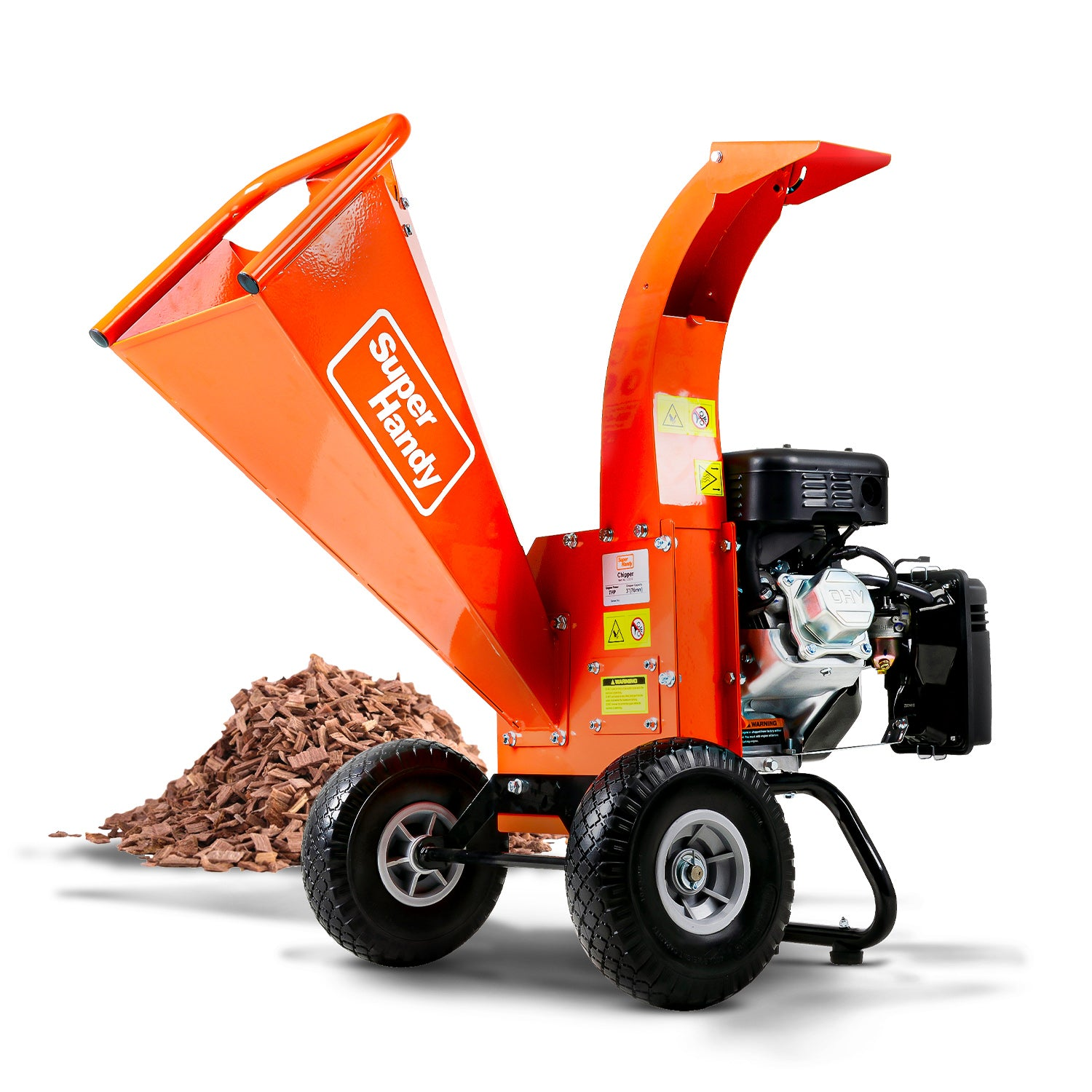
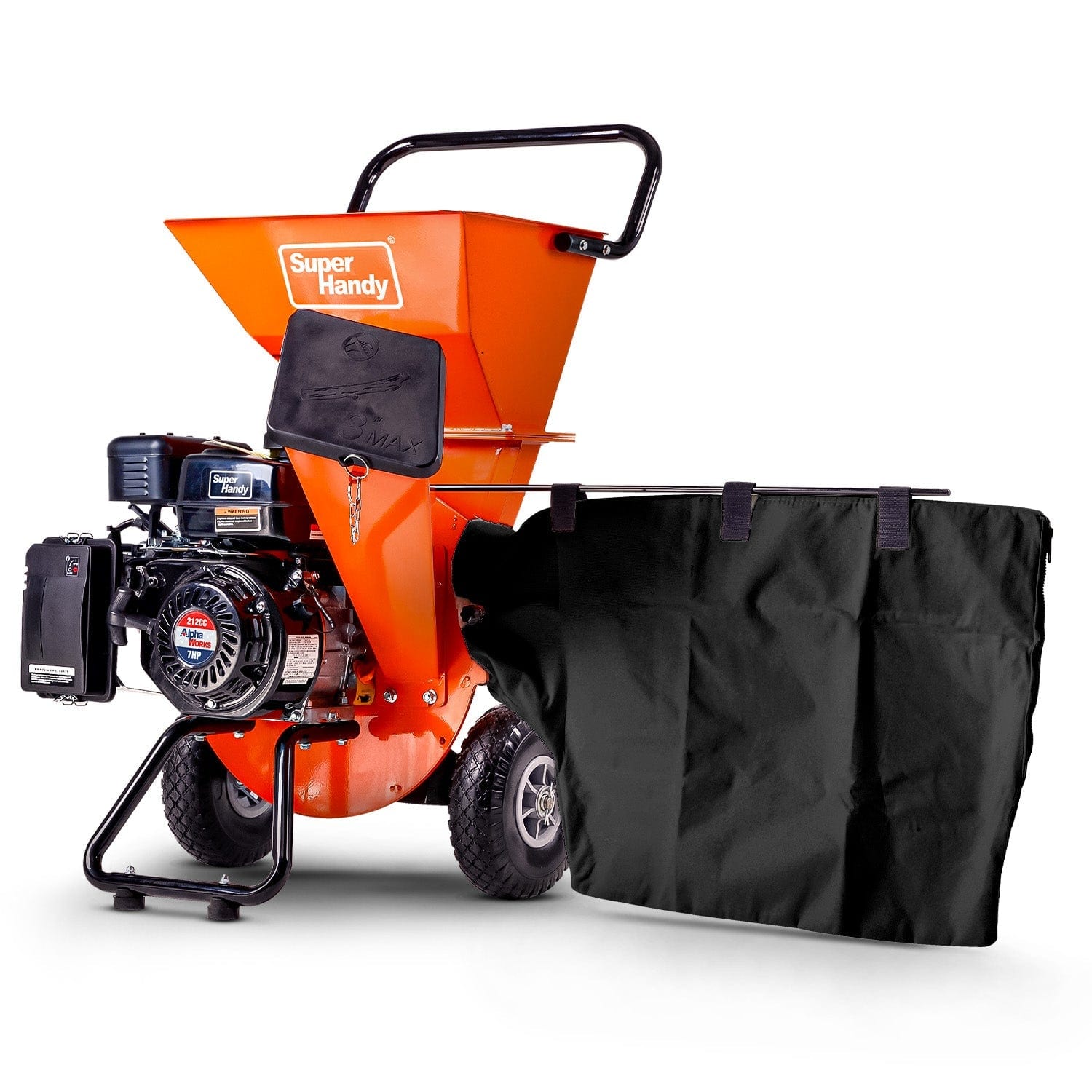
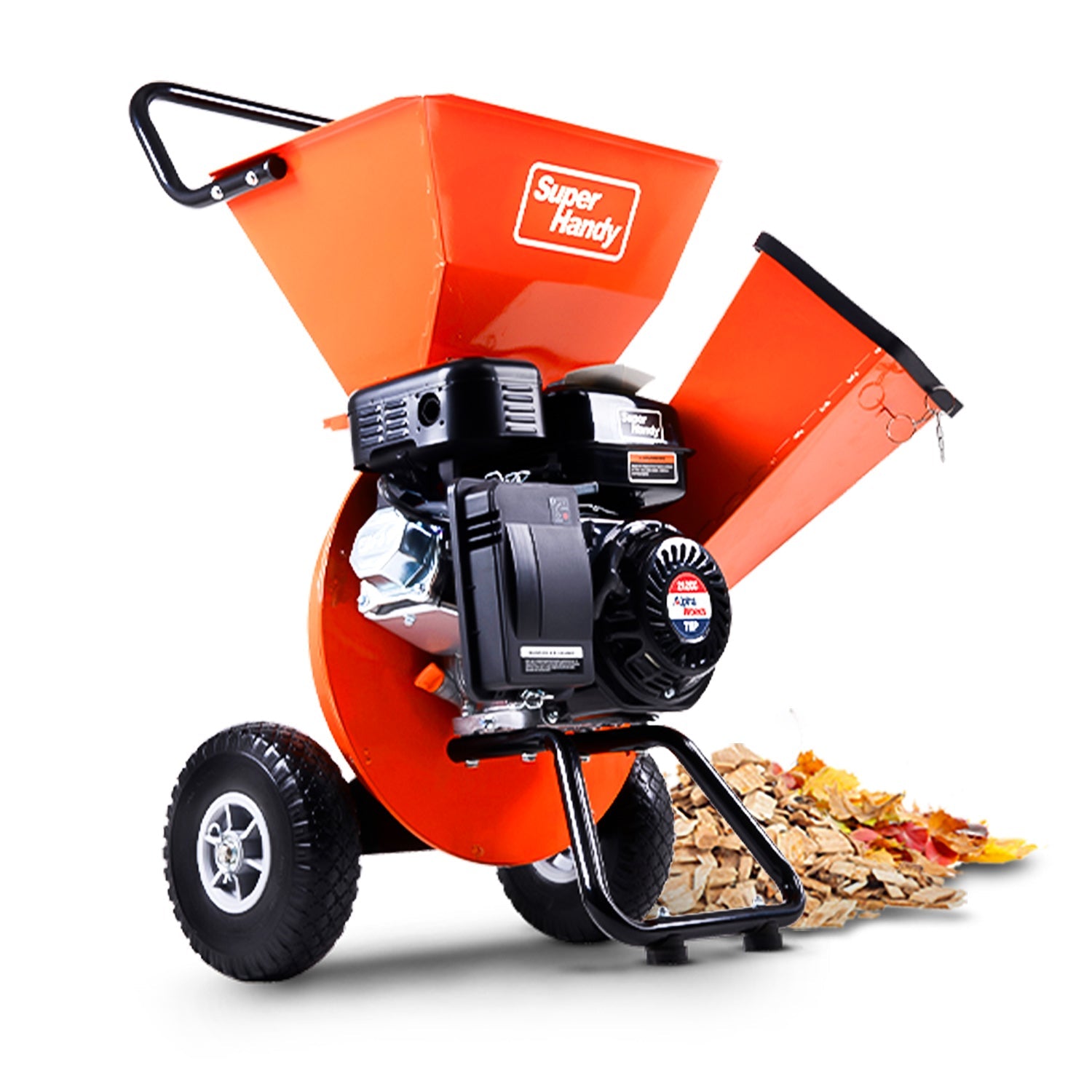
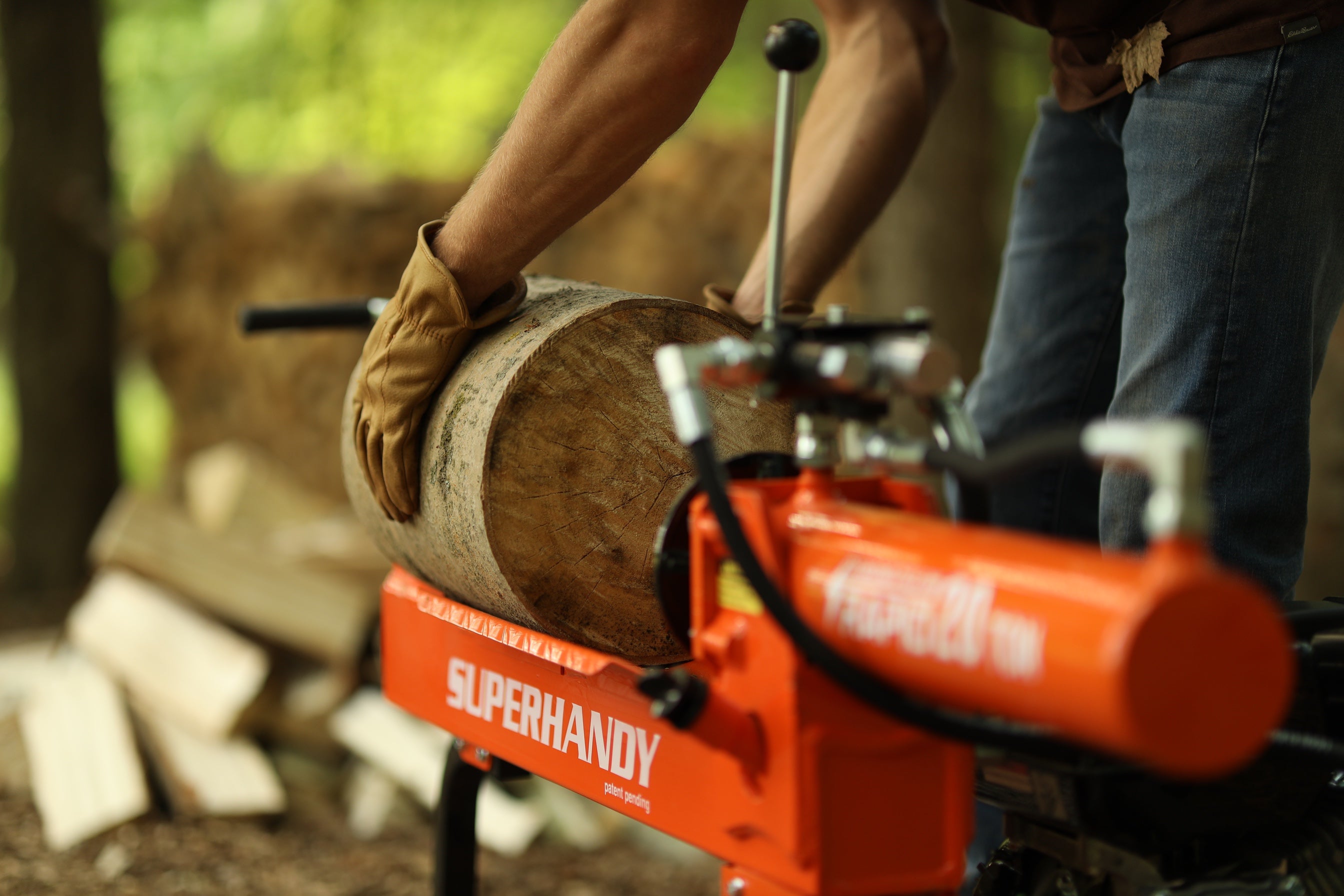
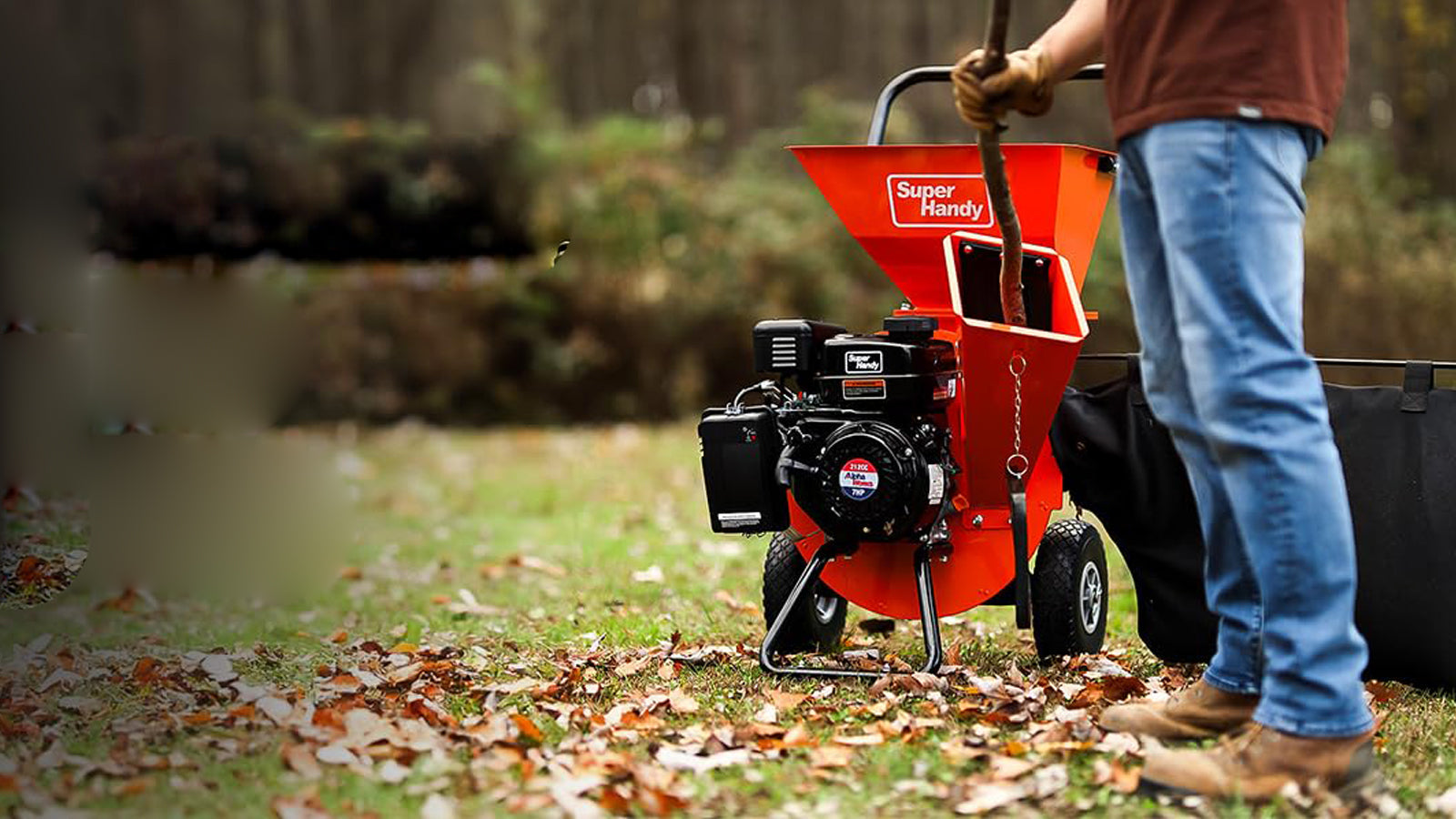
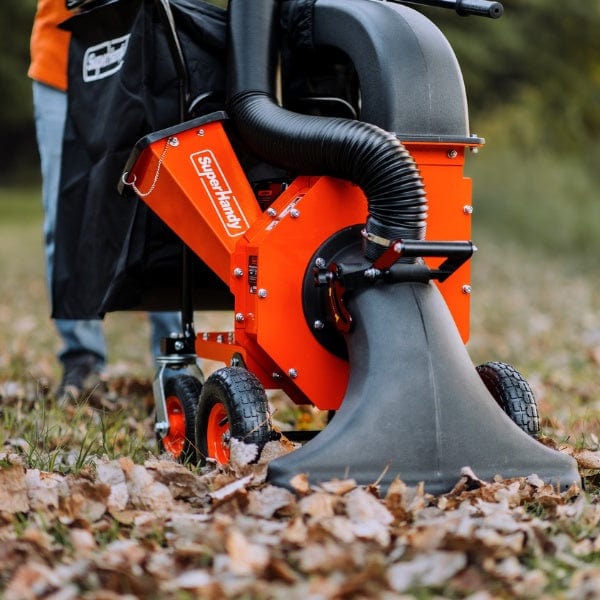
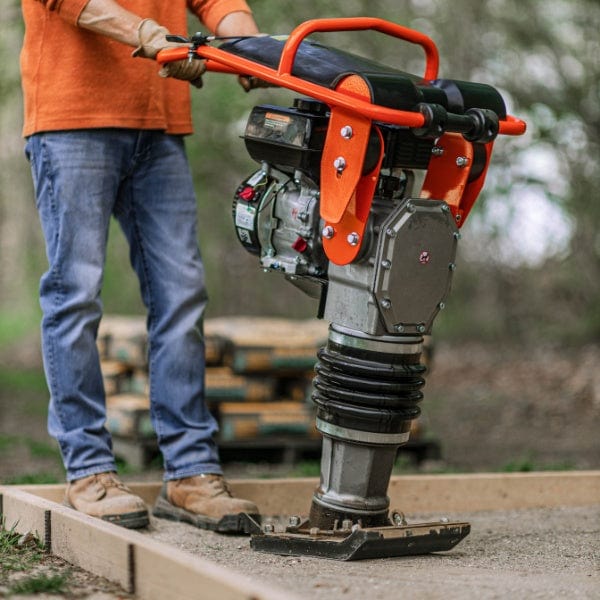

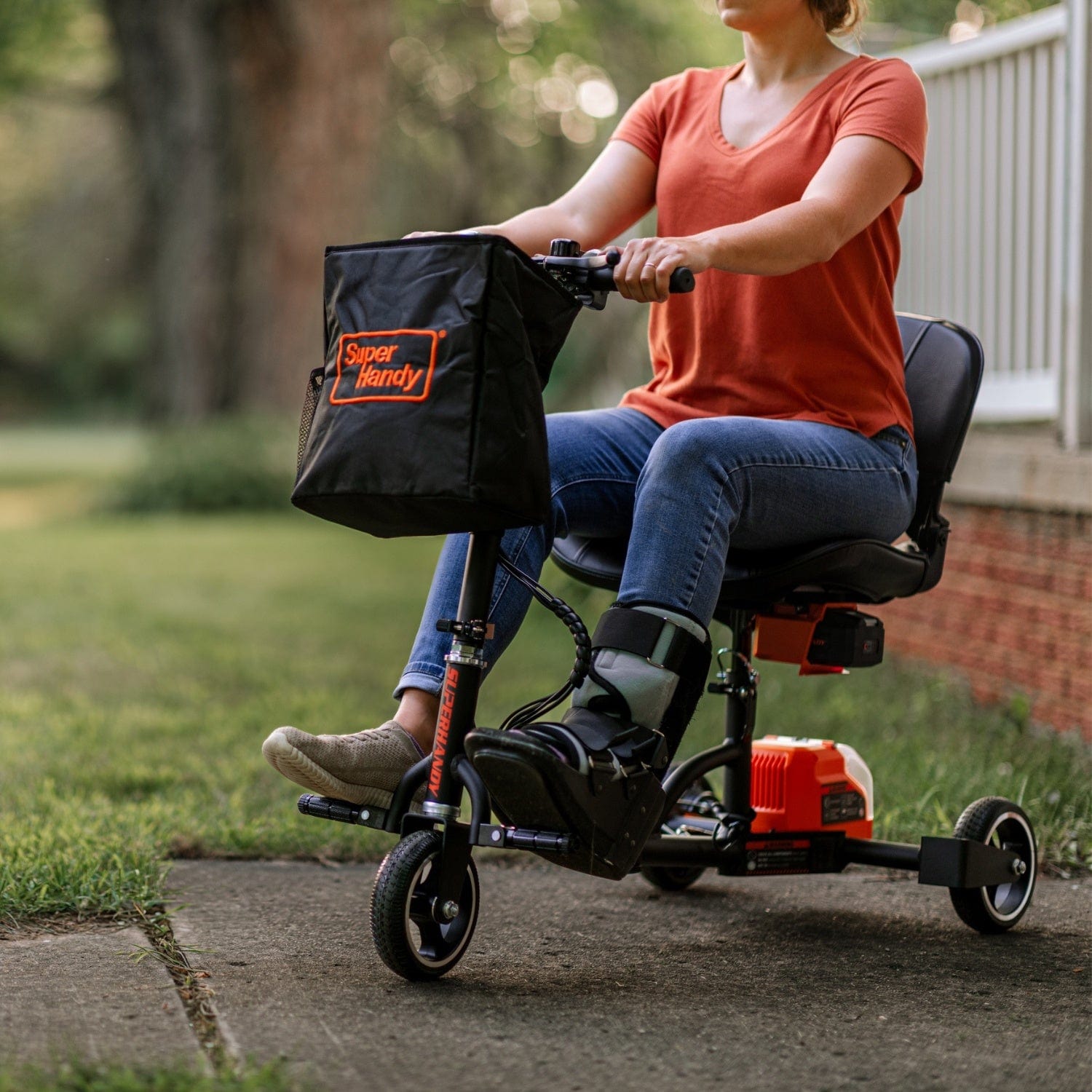
Leave a comment
All comments are moderated before being published.
This site is protected by hCaptcha and the hCaptcha Privacy Policy and Terms of Service apply.